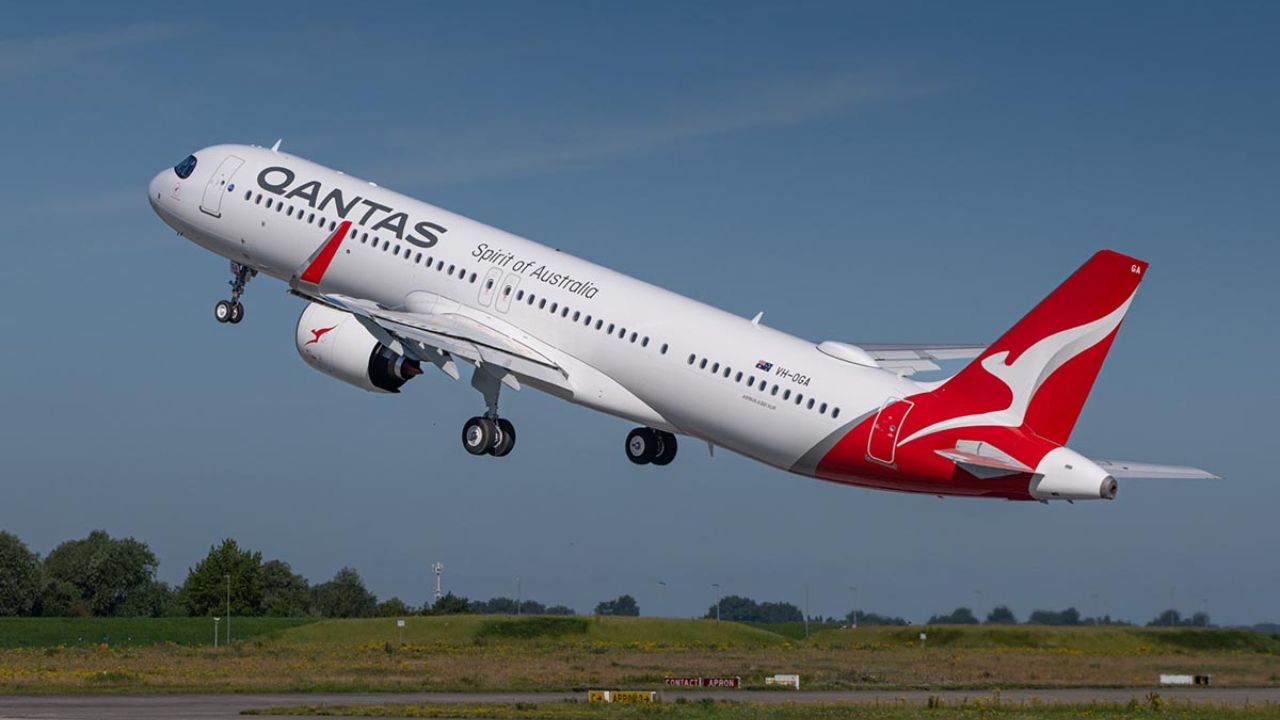Airline passengers rarely expect their flight to take an unexpected turn. Yet, on a recent trip, travelers aboard United Airlines Flight UA770 experienced precisely that when the aircraft was forced into an emergency diversion. In this article, we’ll explore exactly what happened on that flight, why diversions like this occur, and what passengers should know if they ever find themselves in a similar situation.
The Flight That Didn’t Go as Planned
On what began as an ordinary day of travel, United Airlines Flight UA770 departed as scheduled. The plane was on course to its intended destination without incident. However, during the journey, the crew received an alert indicating a potential technical irregularity. Following established safety protocols, the captain and first officer made the call for an emergency diversion.
The United Airlines Flight UA770 emergency diversion underscores the principle that passenger safety always comes first even when it means landing sooner than expected.
Possible Causes of the Emergency Diversion
While the airline has not released complete details about what triggered the event, preliminary reports suggest there may have been a mechanical warning signal. On modern aircraft, even minor issues can prompt cautionary measures. For instance:
-
Engine Monitoring Alerts: Sensors constantly track engine performance. A reading outside normal parameters can trigger a diversion.
-
Cabin Pressurization Concerns: Maintaining proper air pressure is essential for passenger health.
-
System Failures: Issues with hydraulics, electronics, or navigation equipment can prompt immediate action.
In the case of United Airlines Flight UA770, the pilots decided that an unscheduled landing was the safest approach.
Emergency Diversions Are Not Rare
Many travelers might assume that an emergency diversion signals a catastrophe. In reality, diversions are built into every airline’s operating procedures. Pilots are trained to act quickly and decisively whenever they detect irregularities.
On this flight, the diversion was a precautionary measure rather than a response to imminent danger. Still, the United Airlines Flight UA770 emergency diversion generated significant public interest because of the disruption it caused.
Passenger Experiences During the Diversion
Reports from those on board suggest that the crew maintained a calm, professional demeanor throughout the ordeal. After the cockpit crew notified the cabin, flight attendants reassured travelers and prepared them for landing.
Once the plane was safely on the ground, passengers were informed of the situation and guided off the aircraft. Though there were delays and logistical challenges, United Airlines arranged rebooking options, refreshments, and assistance for those affected.
Several passengers praised the airline’s communication, noting that clear updates helped alleviate anxiety.
How Airlines Respond When Flights Divert
A diversion doesn’t end when the wheels touch down. The following steps are part of a well-rehearsed process:
-
Technical Inspection: Maintenance teams thoroughly check the aircraft to pinpoint the cause of any warning indicators.
-
Passenger Support: Customer service representatives help with rebooking and compensation.
-
Crew Debriefing: Pilots and flight attendants provide statements for internal reports.
-
Public Relations: The airline shares information to address media and passenger concerns.
In the case of United Airlines Flight UA770, the process unfolded smoothly thanks to well-established procedures.
Safety Protocols That Protect Passengers
When you hear about an emergency diversion, it may sound alarming. However, these procedures exist precisely to prevent emergencies from escalating. For example:
-
Redundant Systems: Modern jets have backup controls for critical functions.
-
Pilot Training: Crews undergo recurrent simulations for handling diversions.
-
Real-Time Support: Ground operations teams provide immediate guidance.
During the United Airlines Flight UA770 emergency diversion, all of these safeguards worked together to deliver a safe outcome.
Media Coverage and Public Reactions
The incident attracted headlines, as any in-flight diversion often does. News outlets emphasized how quickly the crew acted and how the airline prioritized passenger well-being. Many frequent travelers commented online that they prefer airlines that err on the side of caution.
Though some customers were inconvenienced, the overall sentiment was positive—highlighting that a timely diversion is far preferable to risking more severe complications mid-flight.
Tips for Travelers Facing a Diversion
If you ever experience an event like the United Airlines Flight UA770 emergency diversion, here are a few recommendations:
-
Stay Calm: Diversions are designed to keep you safe.
-
Listen Carefully: Follow instructions from flight attendants.
-
Keep Essentials Handy: Medications, chargers, and identification should be within reach.
-
Document Your Trip: Keep boarding passes and receipts for any reimbursement claims.
Understanding the process can make an unexpected landing far less stressful.
Why This Diversion Matters
This incident serves as a reminder of the aviation industry’s commitment to safety. The United Airlines Flight UA770 emergency diversion shows that even when an aircraft operates flawlessly most of the time, vigilance is essential. Pilots, cabin crews, and maintenance teams must remain prepared for any scenario.
While diversions may disrupt plans, they demonstrate the effectiveness of protocols that protect millions of passengers each day.
Final Thoughts
No one boards a plane expecting it to divert. But as demonstrated by United Airlines Flight UA770, sometimes it’s the safest choice. In this instance, passengers landed without harm, the aircraft underwent inspection, and alternative travel arrangements were made efficiently.
In the end, this event reinforces a simple truth: in aviation, safety always outweighs convenience. Whether you fly frequently or occasionally, knowing that airlines are prepared for every possibility can give you confidence on your next journey.

